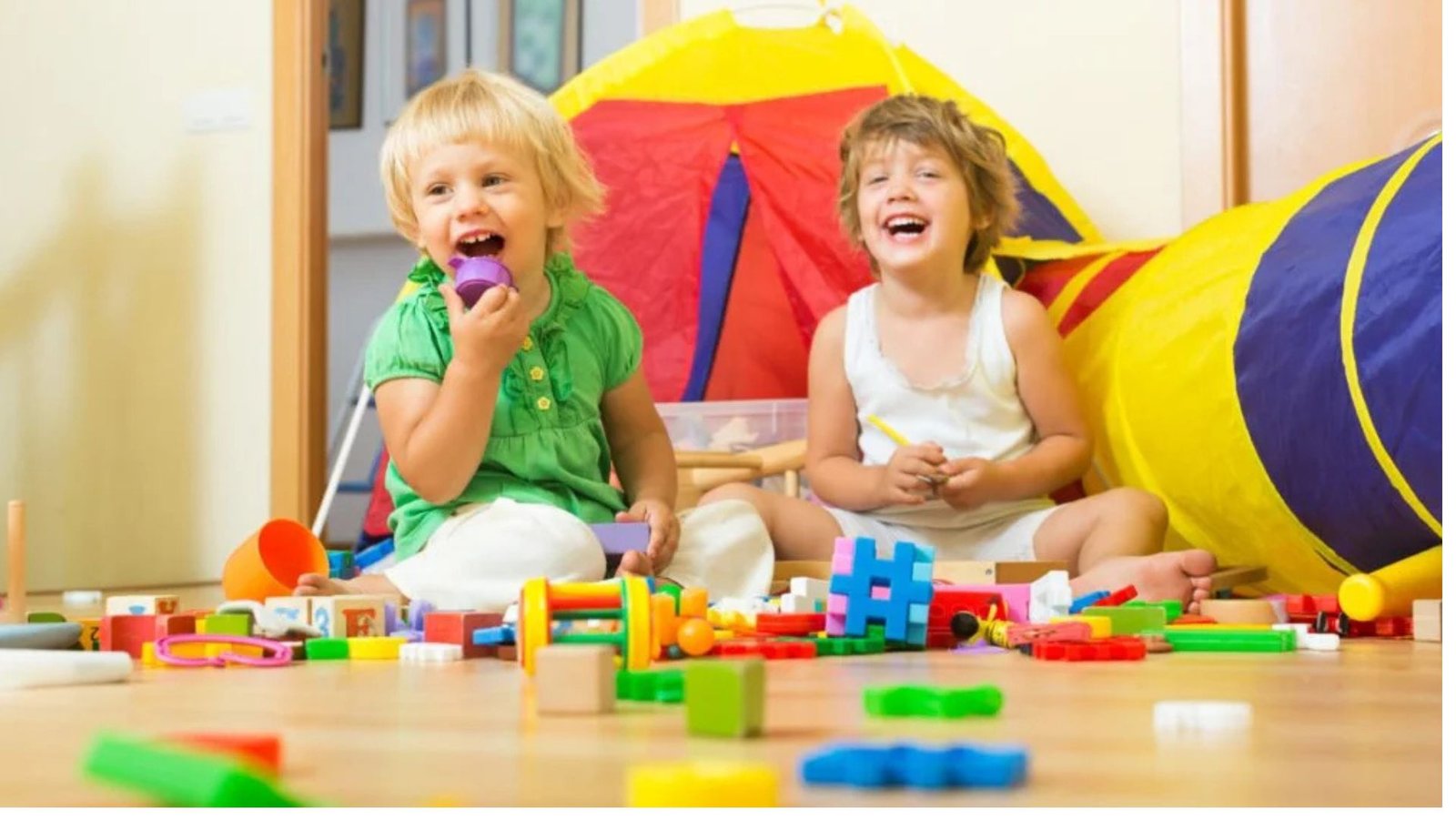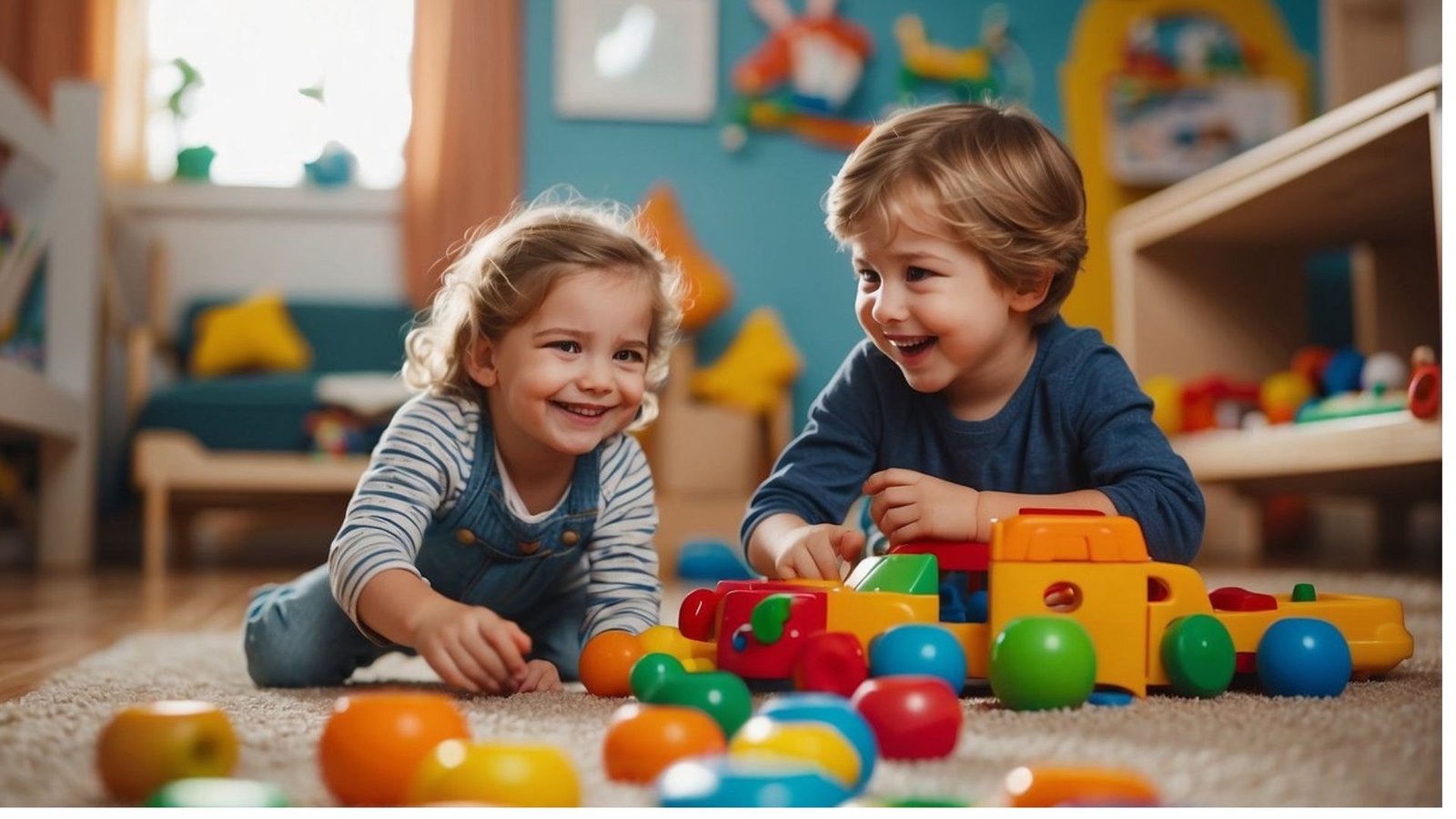Designing a play space for siblings with varying interests can seem tricky, but with the right approach, you can create a harmonious environment where everyone feels included and inspired. By focusing on zones, shared activities, and adaptability, you can craft a space that caters to individual preferences while fostering sibling connection.

Understand Each Sibling’s Needs
Start by identifying each child’s interests and play habits.
- Observe how they spend their time. Does one prefer quiet activities like reading or crafts while the other loves building or physical play?
- Involve them in the planning process. Ask them what they would love to include in their space to make them feel part of the setup.
This step helps you tailor the space to their unique personalities and ensures everyone feels valued.
Create Activity Zones
Designate specific areas for different activities so siblings can pursue their interests without disrupting one another.
- Quiet Zone: Set up a cozy corner for reading, puzzles, or quiet play with cushions and bookshelves.
- Active Zone: Include space for building blocks, a play kitchen, or even a mini sports area.
- Creative Zone: Provide a table with art supplies, coloring books, or craft materials for imaginative projects.
Defined zones allow children to engage in their activities without overlap, minimizing conflicts.
Incorporate Shared Play Opportunities
Encourage bonding by incorporating elements that bring siblings together.
- Use collaborative toys like a LEGO set, train tracks, or a dollhouse that can accommodate multiple players.
- Plan shared activities such as board games or group crafts to foster teamwork and shared enjoyment.
These elements help siblings connect despite their differing interests.
Use Personalization and Neutrality
Striking a balance between shared spaces and personal touches is key.
- Add personalized storage, such as bins with each child’s name, to give them ownership of their items.
- Keep the overall design neutral to ensure the space feels inclusive and inviting to all.
This balance maintains individuality while ensuring no child feels left out.
Opt for Versatile Furniture and Storage
Choose items that adapt to multiple needs and keep the space organized.
- Multi-use tables can serve as a building surface, craft station, or snack spot.
- Stackable bins or cubbies can neatly store toys and supplies, making it easy for kids to find what they need.
Organized spaces lead to better play experiences and fewer arguments over clutter.
Rotate Toys and Themes
Keep the play space fresh and exciting by changing its setup regularly.
- Rotate toys to prevent boredom and give children a chance to rediscover forgotten favorites.
- Introduce themes like “outer space” or “camping” that engage both siblings and encourage creative collaboration.
Frequent updates ensure the space evolves with their growing interests.
Include Open-Ended Play Options
Items that inspire creativity appeal to a wide range of interests.
- Provide simple materials like cardboard boxes, scarves, or building blocks for imaginative play.
- Offer versatile toys that can serve multiple functions, like magnetic tiles or modular playsets.
These open-ended options allow siblings to use their creativity together or individually.
Set Clear Rules and Boundaries
Establish guidelines to create a respectful and functional space.
- Teach children to respect each other’s zones and ask for permission before using another’s belongings.
- Encourage turn-taking for shared items to ensure fair play.
Clear rules promote harmony and help resolve disputes quickly.
Ensure the Space is Adaptable
Children’s needs and interests change over time, so keep the space flexible.
- Use modular furniture or portable storage that can be reconfigured as interests evolve.
- Regularly check in with your children to see if their preferences have shifted and make adjustments accordingly.
A flexible design ensures the space grows alongside your family.
Final Thoughts
A well-designed play space for siblings with different interests balances individuality and collaboration. By creating distinct zones, fostering shared activities, and maintaining flexibility, you can build a dynamic environment where siblings can explore, create, and grow together. With a little planning and creativity, your play space will become a cherished part of their childhood.










